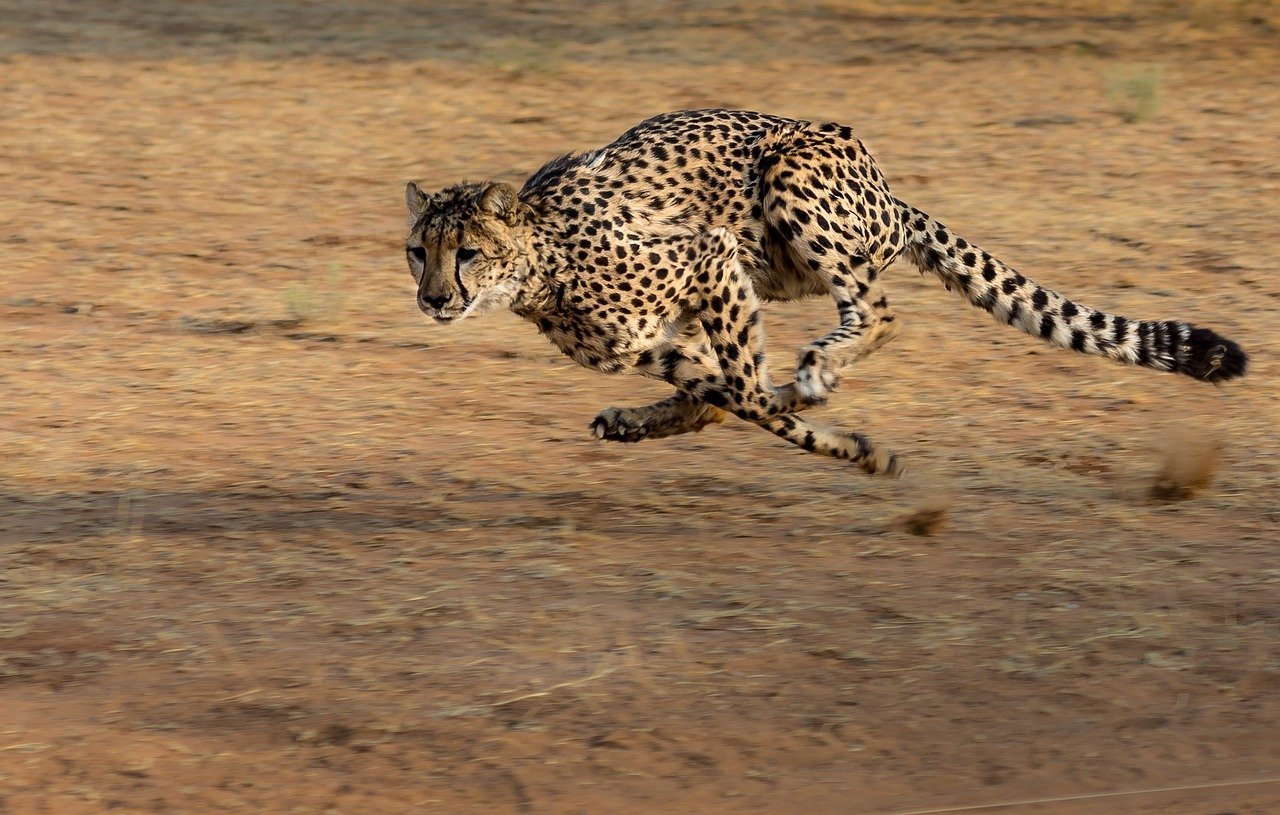Robotics
New Model Explores High-Speed Movement in Cheetahs, Bringing Us Closer to Legged Robots

Cheetahs are the fastest land mammals, but we still don’t know exactly why. We have insight into how, such as the use of a “galloping” gait at their fastest speeds, and they have two different types of “flight.” The first involves their forelimbs and hind limbs beneath their body and is called “gathered flight,” while the other involves their forelimbs and hind limbs stretched out and is called “extended flight.”
The extended flight is responsible for enabling cheetahs to reach high speeds, but exactly how fast depends on ground forces and specific conditions. Cheetahs also demonstrate notable spine movement during flight as they alternate between flexing and stretching in gathered and extended modes, and this allows high-speed locomotion. Despite all of this knowledge, we still do not understand much about the dynamics responsible for these abilities.

Running Phases in Animals
Dr. Tomoya Kamimura at Nagoya Institute of Technology, Japan, specializes in intelligent mechanics and locomotion.
“All animal running constitutes a flight phase and a stance phase, with different dynamics governing each phase,” Dr. Kamimura explains.
The flight phase involves all feet being in the air and the center of mass of the whole body exhibiting ballistic motion. During the stance phase, ground reaction forces are absorbed by the body through the feet.
“Due to such complex and hybrid dynamics, observations can only get us so far in unraveling the mechanisms underlying the running dynamics of animals,” Dr. Kamimura continues.
Computer Modeling Brings Insight
In order to gain a better understanding of the dynamic perspective of the animal gait and spine movement during running, researchers have relied on computer modeling with simple models, and it has been extremely successful.
With that said, there have yet to be many studies exploring the types of flight and spine motion that takes place during galloping, so the research team undertook a study published in Scientific Reports, relying on a simple model emulating vertical and spine movement.
The team’s study involved a two-dimensional model comprising two rigid bodies and two massless bars, which represented the cheetah’s legs. The bodies were connected by a joint, which replicated the bending motion of the spine, and a torsional spring. The team also assigned identical dynamic roles to the fore and hind legs.
The team solved the simplified equations of motion that governed the model, which led to six possible periodic solutions, two of which resembled two different flight types, like a cheetah galloping, and four resembled only one flight type, unlike cheetahs. These were based on the criteria related to the ground reaction forces, which were provided by the solutions.
The criteria was then verified with measured cheetah data, and the team found that cheetah galloping in the real world satisfied the criterion for two flight types through spine bending.

All of this led to the researchers gaining fresh insight into the speed of cheetahs. The periodic solutions also revealed that horse galloping involves gathered flight as a result of restricted spine motion, meaning the extremely high speeds achieved by cheetahs are a result of additional extended flight and spine bending.
“While the mechanism underlying this difference in flight types between animal species still remains unclear, our findings extend the understanding of the dynamic mechanisms underlying high-speed locomotion in cheetahs. Furthermore, they can be applied to the mechanical and control design of legged robots in the future,” Dr. Kamimura says.














